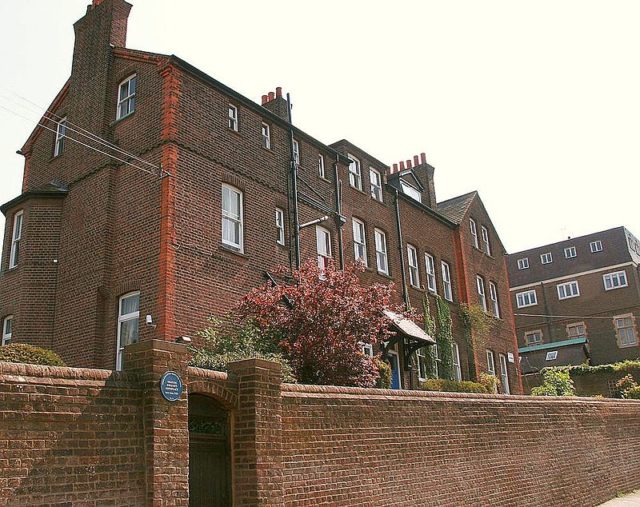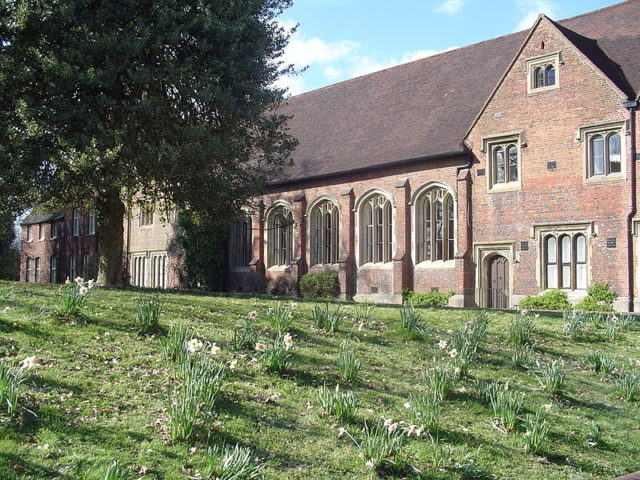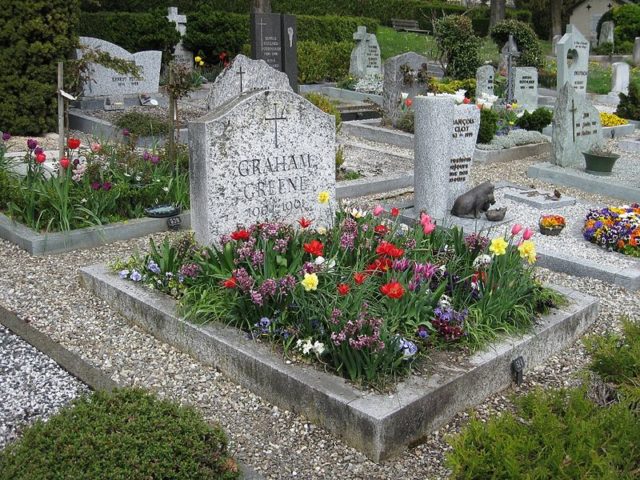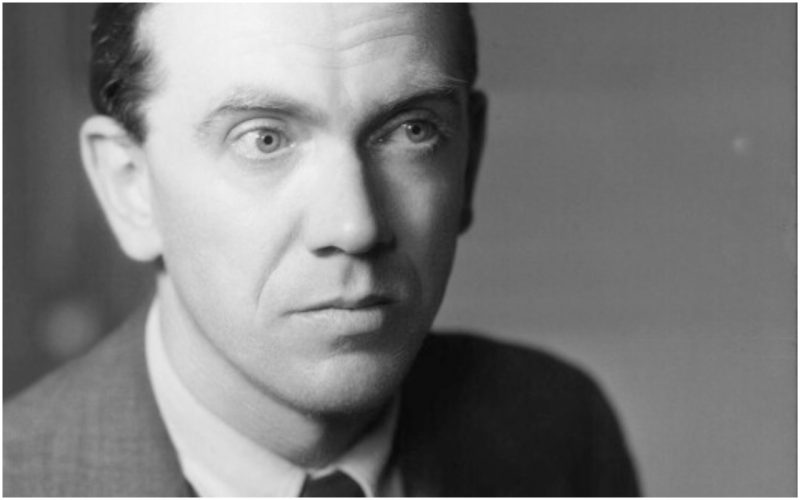The history of the literary canon has shown that writers often tend to be sensitive intellectuals who labor at their craft under considerable strain. Such was the case of Graham Greene, an influential English author who was twice nominated for the Nobel Prize in literature. Some of his major works, including The Quiet American and The Third Man, extensively dealt with espionage. Espionage was a part of Greene’s reality, as he was an active agent of MI6.
Greene once said that “childhood is the bank balance of the writer.” What he meant to say is perhaps best described in his essay The Lost Childhood, in which he remarked that “the creative writer perceives his world once and for all in childhood and adolescence, and his whole career is an effort to illustrate his private world in terms of the great public world we all share.” One doesn’t necessarily need to agree with Graham’s claim, but the fact is that this proved to be true for the author himself. His unpleasant childhood memories would largely influence the rest of his life and his writing.
Born into an upper-middle-class family, Greene’s early childhood was not much different than that of any other child of the time. In his memoirs, he described his early childhood years as agreeable, but once he was enrolled in Berkhamsted School in Hertfordshire, where his father worked as a teacher, things started to change dramatically. He was a reclusive and fragile child, and because of this, he was frequently bullied by his classmates and older students, which led to a severe depression that would shape the rest of his life.

He reportedly attempted suicide for the first time when he was 13 years old. He swallowed a handful of aspirin pills and went swimming in the school pool, hoping that the pills would cause him to lose consciousness and drown. He ended up being sent to the headmaster’s office and received several weeks of detention, which was not an effective treatment.
His depressive episodes continued. In his official autobiography, he stated that he even attempted suicide by playing Russian roulette. In 1920, his parents decided to organize a psychoanalytical treatment for him. This was a controversial choice at the time, since he was 16 years old and psychoanalysis was still in its early beginnings. That treatment didn’t work either, and Greene returned to school.

Although he continued fighting depression for the rest of his life, he began shaping his troubles into literary endeavors when he was a college student. He attended Balliol College at Oxford, where he studied history.
During his studies, he published a short collection of poetry entitled Babbling April. His poetry was poorly received by readers of the time, but that didn’t stop him from writing.

He soon switched to prose and wrote several books that were inspired by his deep belief in Christianity. However, his most famous works were a result of his fascination with espionage and guerrilla warfare. Several of his novels were made into praised films, such as The Third Man.
He was briefly a member of the Communist Party of Great Britain and wanted to visit the Soviet Union. In 1957 he contributed to the revolutionary actions of Fidel Castro: He secretly transported warm clothes to the rebels that were hiding in the Cuban hills during winter.
